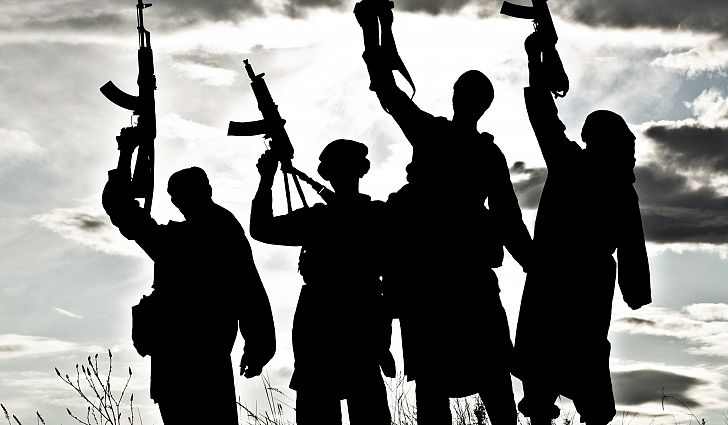The effects of terrorism are felt most strongly in the Middle East and Africa, where countries such as Iraq and Nigeria account for the majority of deaths due to terrorist attacks.
As the 20th Century has given way to the New Millennium, terrorism has remained on the rise in a diverse range of countries from around the world. Record numbers of people have died in terrorist attacks over the past couple of years, with the highest numbers yet being achieved last year. If we look back in time, only 3,329 terrorism related death occurred back in 2000, but over the course of less than a decade and a half the number had risen to 32,658 deaths in 2014, an almost tenfold increase. Worse still is that the numbers are likely to reach even greater tallies as we move further in analyzing the 2015 data.
Measuring the Effects of Terrorism
In order to accurately account for the number of deaths that occurred in 2015 directly attributable to terrorist attacks, an in-depth statistical analysis was performed by The Institute of Economics and Peace. This annual report gives us a Global Terrorism Index, by which we can compare the effects of terrorism on different countries across different years. The results of the analysis show that the vast majority of terrorism in 2015 took place in just five countries. What must be mentioned here is that the said statistical analysis was performed prior to the November 2015 Paris attacks and the December 2015 attack in San Bernardino, so this event and subsequent ones occurring before the new year will likely boost the totals more still.
Review of the Global Terrorism Index, 2015
The 2015 Global Terrorism Index has rated countries around the world based on the prevailing trends of peace and terror within these countries. For residents there, one alarming generality that jumps about the Global Terrorism Index results is that it outlines concentrated areas of terror within the Middle East, Asian, and Africa as being most affected by terrorist attacks. The top 5 from among the list are Iraq, Afghanistan, Nigeria, Pakistan, and Syria. It is believed that nearly 78 percent of global terrorism-related deaths occurred in these five countries alone, further emphasizing the alarming domestic situations in these places.

You will find more statistics at Statista
Research suggests that nearly 32,600 people died last year due to acts of terror. This accounts for a marked 80% increase from 2013, with numbers remaining on the rise yet still. In the Global Terrorism Index, each country has received a rating between “1” and “10”. Within this rating’s criteria, a “1” would indicate the least affected a country can be by terrorism while a “10” would indicate a country has been affected to the worst degree possible.
Worst among the list, the countries of Iraq, Afghanistan, Nigeria, Pakistan, and Syria have received ratings of 10, 9.23, 9.21, 9.07, and 8.11 respectively. Theirs ratings are then followed by India at 7.75. Yemen has jumped drastically to receive a rating of 7.64 due to the recent onset of civil conflict there. Somalia received a 7.6 itself, largely attributable to the conflicts still raging between the Islamist militant group al-Shabab and the UN-backed government of the country.
Lowest Listed Scorers Still Affected by Terrorism
Our Global Terrorism Index list provides details about all countries making the top 50 countries affected by terrorism in 2015. On our top 50 list of countries it should be noted that those most ‘at peace’ include Chile at 3.97, Tunisia with a rating of 3.7, Ireland at 3.66, Malaysia at 3.58 and Ethiopia at 3.54. This means that their respective indices were still 3-4 times the minimum terror level, so terrorism in these countries is still a very real threat even in these 46th-50th positions.
Tackling Terrorism
According to the IEP, the number of people who have died due to terrorism attacks since the start of the century has increased almost ten-fold. Many of the countries that have been inflicted by terrorism the most have also faced foreign military intervention and ‘official’ conflicts that may make their domestic security situations even worse than that reflected by the terror index. With such a rapid increase in instances of terrorism, it is becoming ever more necessary for policymakers to rethink how anti-terrorism strategies are to be planned and carried out, with ultimate goals of peace, security, and conflict resolution.
 Geostrategic Media Political Commentary, Analysis, Security, Defense
Geostrategic Media Political Commentary, Analysis, Security, Defense





